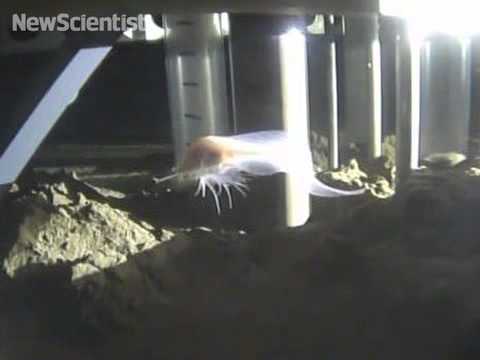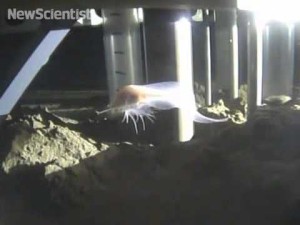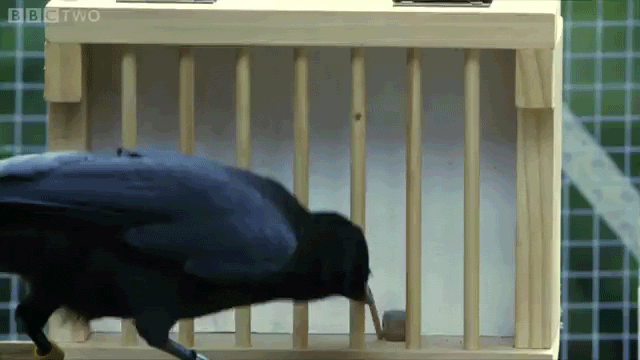A ghostly never-before-seen fish with wing-like fins has set a new depth record for fish. During a recent trip to the Mariana Trench in the Pacific Ocean, the deepest place on Earth, the previously-unknown snailfish was filmed several times floating along the dark sea floor, reaching a record low of 8143 metres below the surface (see video above).
The unusual fish, spotted on the expedition, which was led by Jeff Drazen andPatty Fryer of the University of Hawaii, has a different body shape from other known varieties of snailfish. It boasts broad, translucent fins, stringy appendages and an eel-like tail that allows it to glide smoothly.
Snailfish are known to thrive at extreme depths: another variety, Pseudoliparis amblystomopsis, previously held the undisputed record for deepest-living fish at 7703 metres. Handling the intense pressure of the deep sea is a challenge for most animals because it impedes muscles and nerves and bends proteins out of shape, disrupting the working of enzymes required for life.
In 1999, Paul Yancey from Whitman College in Washington, who was also on the recent trip, discovered that a chemical called trimethylamine oxide, or TMAO, which helps regulate the concentration of dissolved substances in cells,prevents proteins from warping in deep-living fish. Levels of TMAO were found to be higher in deeper-dwelling species and individuals. But there is a limit to the amount of the chemical that a cell can hold, which should also constrain how low fish can go.
Earlier this year, along with Alan Jamieson from the University of Aberdeen, UK, Yancey calculated that the depth limit for fish, based on TMAO, should be about 8200 metres, which neatly matched real observations. And the new discovery gets even closer to the mark. “The new depth record for fish is still within the 8200 metres we predicted,” says Yancey.




